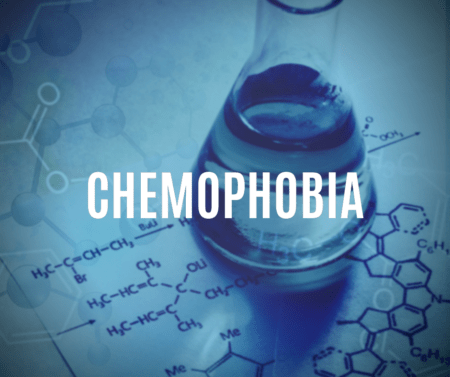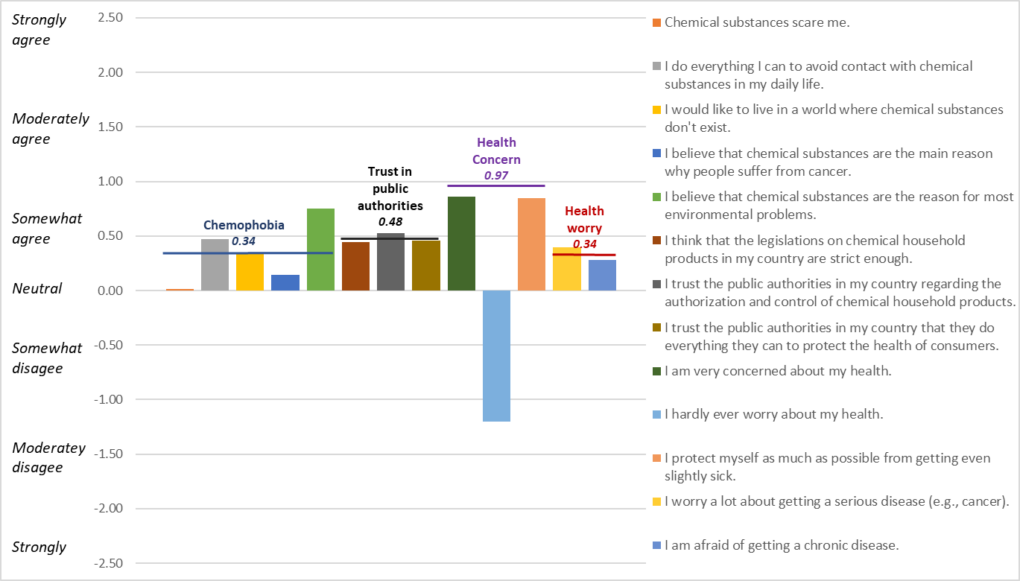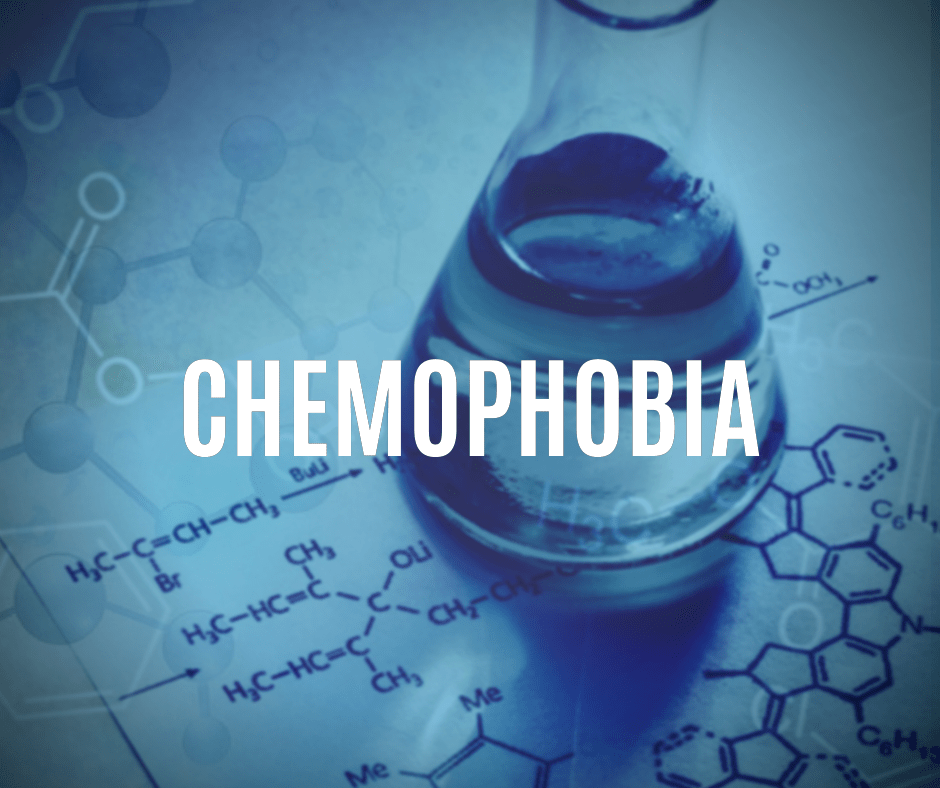Unfounded fears of chemicals threaten modern society
Chemicals are everywhere and all around us, they compose everything, including ourselves. As the basic elements of all matter, we have identified 118 chemical elements. Of those chemical elements, the human body is composed of oxygen (65%), carbon (18%), hydrogen (10%), and nitrogen (3). More than 60 other chemicals including calcium, fluorine, lithium, arsenic and uranium make up the remaining 4%. Even though we are all chemicals, we can have an irrational fear, aversion, or prejudice against chemicals, which is known as chemophobia.
Irrational or uninformed phobia?
 It is not unreasonable to see why individuals may have prejudice or be cautious when it comes to the consumption, use, and distribution of chemicals. There is no shortage of stories about chemicals causing harm. This is because all chemicals have risks associated with dosages or exposures; no one chemical is always safe. Yet, naturally occurring or produced chemicals seem to garner less concern, than synthetic chemicals. It appears that natural chemicals are often viewed as natural-is-better, and we often hear in more about synthetic chemical risk and potential hazards, which is also chemophobic.
It is not unreasonable to see why individuals may have prejudice or be cautious when it comes to the consumption, use, and distribution of chemicals. There is no shortage of stories about chemicals causing harm. This is because all chemicals have risks associated with dosages or exposures; no one chemical is always safe. Yet, naturally occurring or produced chemicals seem to garner less concern, than synthetic chemicals. It appears that natural chemicals are often viewed as natural-is-better, and we often hear in more about synthetic chemical risk and potential hazards, which is also chemophobic.
What we need to remember is that it is irrational and impossible to know all our risks of chemical exposure. Knowing this it’s easy to see why chemophobia exists.
Knowledge of chemicals
In the media, direct marketing, and even in our politics, we see the promotion and the phobia of chemicals. For this reason, there is a need to know what consumer’s knowledge and risk perception of chemicals are. Researchers Dr’s A. Bearth and M. Siegrist of ETH Zürich surveyed ~5600 participants from eight European nations on chemicals. Participants responded based on their knowledge of toxicology, chemophobia, health, and trust in public authorities.
The spectrum of toxicologically informed
According to Bearth & Siegrist’s results, consumers’ toxicological knowledge was a mixture of informed and strongly unaware. Eighty percent of respondents were aware of the indifference of harm between the exposure from synthetic or natural chemicals. Respondents were less aware of the indifference between synthetic and natural chemicals in terms of labelling and dosage. Also, only 23% knew that “a small amount of a toxic chemical substance in a consumer product is not necessarily harmful. The respondents were even less knowledgeable about allergies (17%), chemical accumulation (14%) or exposure to toxic substances influence toxicity (9%).
While there is a lack of understanding and knowledge of chemical toxicology, we should not be casting judgement on the respondents. Their level of understanding is a reflection of what information is available and is being shared on the topic. To be toxicologically informed, there first needs to be an interest to be informed on the topic. Along with this, individuals must have the time and access to information (truthful and not just random content we find), and the ability to assess risks and trust of our federal agencies, industries and labelling to accurately communicate the information. This is a tall task to be toxicologically well informed.
Trust, Chemicals and Health
At first glance, Europeans don’t appear overly chemophobic (see table below). On average, they admitted that chemical substance scared them, but just minimally. While not strongly scared of chemicals, respondents did state they took action to avoid contact with chemical substances on a daily basis. This somewhat contradicts their previous statement. They also strongly agree that chemicals are the reason for our environmental problems. While Europeans don’t admit to being overly chemophobic, based on their responses, it appears they are more scared/chemophobic than they want to admit.

Even if the surveyed EU nations sway towards chemophobia, they trust their public authorities and their efforts to protect the health of citizens. With trust in public authorities to protect their health and legislation of household chemicals, Europeans are still concerned and worried about their health. Across the five topics on chemophobia, there is a stronger relation to agreeance than disagreeing (with the exception to the UK). It is also the case when demographics are reviewed that women and older adults are more chemophobic than men and younger respondents.
The researchers conclude that there is a means to help reduce chemophobia, and it is providing or having relevant knowledge of chemicals. By increasing our global chemical and scientific understanding and literacy, we can be better informed to make decisions that affect our health, environment, and economy.


Pingback: Are we all suffering from chemophobia? – SAIFood | plantlawyer